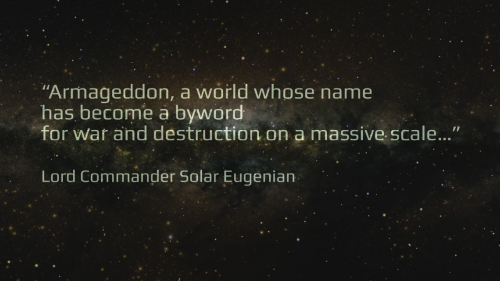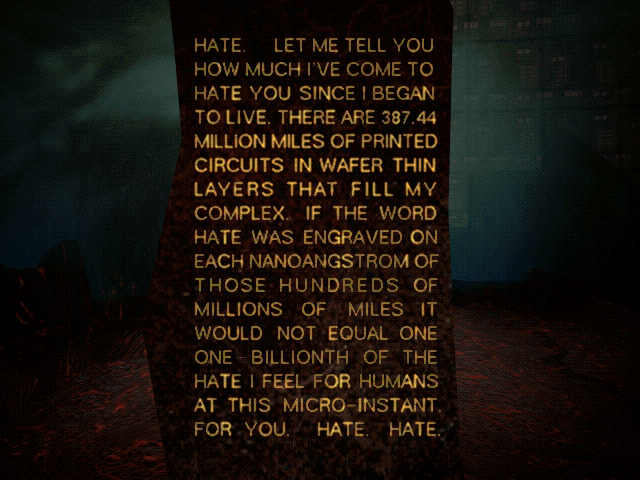Whisky
The Solution
Tags: Flashback Games; Slitherine; Warhammer 40,000: Armageddon
Faithful poster and contributor Darth Roxor got a chance to play Warhammer 40k: Armageddon. He was so moved by the content of it that he felt the need to write up a review.
Read the full article: TC Review: Warhammer 40k: Armageddon
Faithful poster and contributor Darth Roxor got a chance to play Warhammer 40k: Armageddon. He was so moved by the content of it that he felt the need to write up a review.
At first glance, Armageddon looks like your typical Panzer General game. You have your hexes, your multitude of units in squads of various types and sizes, a top-down view on the strategic map, etc. But the game also brings some additions to the formula, and I honestly can’t say that any of them are very good.
Perhaps the biggest difference, which also influences a lot of further negative aspects of the game, is the lack of the soft/hard target distinction for units. Everything just has a single defensive value simply called “armour”, which is also why the overall damage model is different as well. To do any harm, an attacker’s weapon must cause more damage than the armour value of the defender – the damage roll has many factors to it, such as the cover level of the enemy, the line of sight obstruction provided by certain hexes, the unit’s inherent accuracy, the loss of accuracy per tile, the armour piercing value of the weapon and the amount of shots a unit fires when it attacks. There are a lot of somewhat vague variables at work here, and they lead to a ton of rather unnecessary randomness that can influence the attack roll in both ways and lead to hilariously unexpected results.
Perhaps the biggest difference, which also influences a lot of further negative aspects of the game, is the lack of the soft/hard target distinction for units. Everything just has a single defensive value simply called “armour”, which is also why the overall damage model is different as well. To do any harm, an attacker’s weapon must cause more damage than the armour value of the defender – the damage roll has many factors to it, such as the cover level of the enemy, the line of sight obstruction provided by certain hexes, the unit’s inherent accuracy, the loss of accuracy per tile, the armour piercing value of the weapon and the amount of shots a unit fires when it attacks. There are a lot of somewhat vague variables at work here, and they lead to a ton of rather unnecessary randomness that can influence the attack roll in both ways and lead to hilariously unexpected results.
Read the full article: TC Review: Warhammer 40k: Armageddon















![Glory to Codexia! [2012] Codex 2012](/forums/smiles/campaign_tags/campaign_slushfund2012.png)
![Have Many Potato [2013] Codex 2013](/forums/smiles/campaign_tags/campaign_potato2013.png)
![The Year of Incline [2014] Codex 2014](/forums/smiles/campaign_tags/campaign_incline2014.png)




















